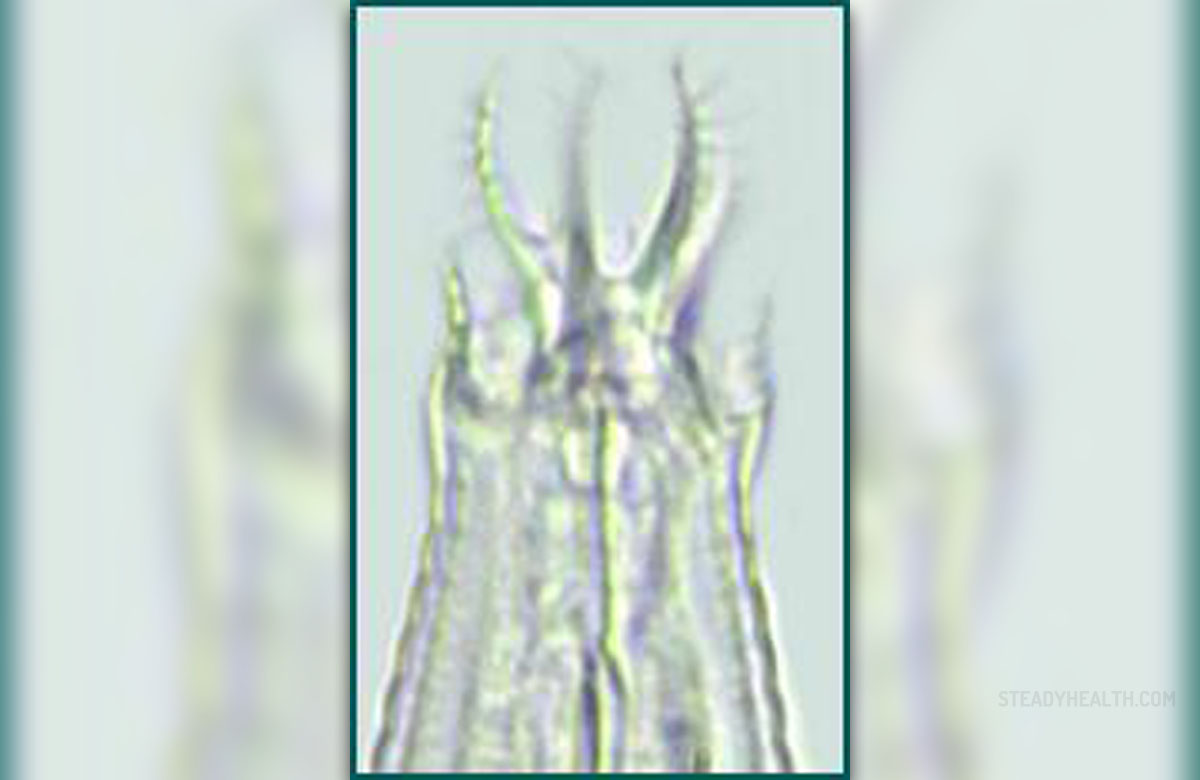
Nematodes are thread-like worms that thrive in soil, water, plants and animals. There are many varieties of nematodes. Nematodes can be beneficial or harmful, parasitic or free-living. There are 28,000 known species out of which estimated 16,000 are harmful.Parasitic Nematodes Introduction
Parasitic forms of nematodes can affect insects, plants, animals and humans. They require other organisms (hosts) for survival. Parasitic nematodes feed on blood of other organism and can be extremely detrimental to the host’s health. Here we will discuss parasitic nematodes in humans and plants.
Human Parasitic Nematodes
There are different parasitic nematodes that use humans as their hosts. They can attack the intestines, muscles and other tissues in the body. There are different ways of introducing parasitic nematodes to the human body. These include ingestion of food or water contaminated with eggs of parasitic nematodes, bites by an infected insect or animal or direct entrance when the parasite burrows through the skin of a person. The following are species of human parasitic nematodes:
Roundworm
Roundworm or Ascaris lumbricoides is an intestinal parasite. It is pink in color and may reach 35 cm in length. The infection may occur by ingestion of contaminated food or due to direct contact with or swallowing of contaminated soil.
Whipworm
Whipworm infection in humans is caused by Trichuris trichiura parasite. It is a whip-like parasitic nematode that causes intestinal infection. The infection is spread through contact with contaminated soil. Mild whipworm infection is usually asymptomatic.
Pinworm
Pinworm or Enterobius vermicularis is the leading cause of parasitic infections in humans in the United States. This infection can be acquired by ingestion of pinworm eggs.
Hookworm
Hookworm includes two species, Ancylostoma duodenale and Necator americanus. They are the second most common cause of parasitic intestinal infections in humans. Hookworm infection is transmitted when larvae of the parasite burrow through the human skin.
Trichina
Trichina infection, also known as trichinosis, is caused by parasitic nematode Trichinella spiralis. This parasite can be found in pork meat and infection occurs due to eating undercooked contaminated pork meat. Once ingested larvae of the parasite travel from the gut to the muscular tissue via the bloodstream.Plant Parasitic Nematodes
Plants become infected with parasitic nematodes when their underground root system gets in contact with parasites found in soil. Common plant parasitic nematodes are:
Root-knot nematode – it is scientifically known as Meloidogyne. This parasite can severely damage a plant in many ways. It changes the root structure of a plant and creates root knots on the infected root. Cyst nematode – species of cyst nematode Globodera pallida infects only potato plants. Stem and Bulb nematode – these parasites attack the upper part of a plant such as leaves, bulbs and stems. Citrus nematode – this parasite affects citrus fruit plants leading to nutrient deficiency and poor fruit yield. Scientific name for this parasite is Tylenchulus semipenetrans.

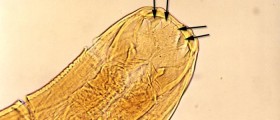
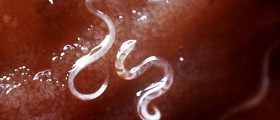


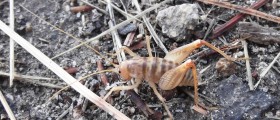


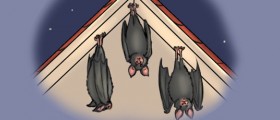



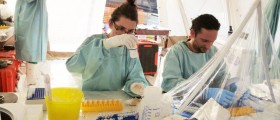



Your thoughts on this
Loading...